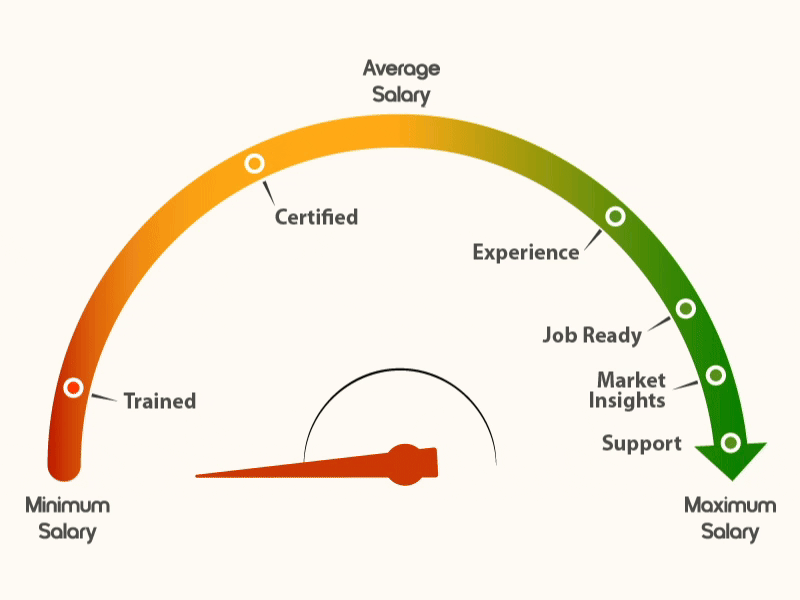Business Central Functional Consultant Associate
Flexible Schedule
1:1 Support
Hands-on Projects
Acquire Knowledge! Talk to Us.
The GET Advantage: Your Path from Learning to Earning:
- Build in-demand technical and soft skills, validated by industry-recognised certifications.
- Apply learning through real-world projects, case studies, and assignments that make you job-ready.
- Learn what employers want, align your skills with trends, and move towards higher-paying opportunities.
- Continuous mentorship, career coaching, and peer community to guide you beyond the course.
Course Overview
This course covers implementation and configuration of Microsoft Dynamics 365 Business Central for small and mid-sized businesses. You’ll learn how to set up companies, manage users, configure financials, manage sales and purchasing workflows, handle inventory, and use reporting tools. It covers key modules such as General Ledger, Fixed Assets, Accounts Payable/Receivable, Project Management, and integrations with Microsoft 365 and Power Platform. By the end, you’ll be equipped to streamline end-to-end business operations using Business Central.
Relevant Industries
Accounting Firms, SMBs, Manufacturing, Retail, Distribution, Consulting, Logistics, IT Services















Overview of Technology
Microsoft Dynamics 365 Business Central is an all-in-one cloud-based ERP solution designed to manage finance, operations, sales, and customer service. It integrates seamlessly with Microsoft 365 (Excel, Outlook, Teams) and offers built-in intelligence and reporting tools to drive productivity.
Why choose Acquledge for Dynamics 365 course?
Live Training Sessions
Flexible Schedules
Hands-on Experience
Vast Resource Library
Extensive Support
Enrollment Process
- Sign up on the platform and choose your preferred batch.
- Start your classes on the scheduled date .
- Get access to learning materials and project dashboards.
- Begin your training journey with expert-led sessions.
- Apply your learning through real-world case studies and projects.

Detailed Course Curriculum
Set up Business Central (15–20%)
- Create and configure a company
- Create a company in Business Central
- Use Assisted Setup for company creation
- Understand and use configuration packages and worksheets
- Migrate data and create journal opening balances
- Manage security
- Create and manage user profiles
- Set up new users and assign permission sets
- Apply security filters and manage user permissions via security groups
- Set up core functionality
- Configure company information, reports, and report layouts
- Set up and use job queues
- Set up email accounts and number series
- Set up dimensions
- Configure dimensions, dimension values, global and shortcut dimensions
- Set up default dimensions for master data and account types
- Use the Dimension Correction Tool and set default dimension priorities
- Manage approvals using workflows
- Set up native workflows and notification systems
- Configure users and user groups for approvals
- Describe Business Central integrations
- Understand integration use cases with Microsoft 365 (Excel, OneDrive, Outlook, Teams, Word)
- Describe integration with Microsoft Power Platform
- Set up financial management
- Configure the chart of accounts, posting groups, and general ledger
- Set up and manage currencies and exchange rates
- Configure and use general journals, recurring journals, and allocations
- Cash management
- Set up and reconcile bank accounts
- Process and manage payments, including vendor payments and customer receipts
- Fixed assets
- Set up fixed asset cards, depreciation books, and posting profiles
- Manage acquisition, depreciation, and disposal processes
- Budgeting
- Configure and manage budgets and budget reporting
- Tax setup
- Set up and manage VAT/sales tax and tax reporting
- Sales configuration
- Set up customers, sales quotes, orders, invoices, and returns
- Manage pricing, discounts, and payment terms
- Purchasing configuration
- Set up vendors, purchase quotes, orders, invoices, and returns
- Manage purchase prices, discounts, and payment terms
- Process customer and vendor payments
- Apply payments, manage reminders, and process refunds
- Inventory management
- Set up items, item categories, and units of measure
- Manage inventory levels, adjustments, and transfers
- Perform physical inventory and cycle counting
- Warehouse management
- Set up and manage locations, bins, and warehouse processes
- Assembly management
- Configure and process assembly orders
- Reporting and analytics
- Build and customize reports, charts, and dashboards
- Use data analysis mode and extend reports
- Integration and automation
- Integrate with Microsoft 365 and Power Platform
- Use Power Apps and Power Automate for process automation
- Understand Shopify connector and Dataverse integration
Similar Courses

Business Central Functional Consultant Associate
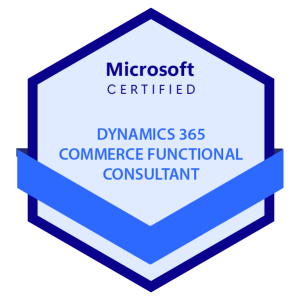
Commerce Functional Consultant Associate

Customer Engagement Apps Developer Associate
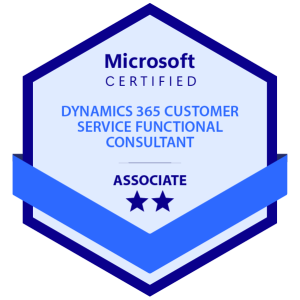
Customer Service Functional Consultant Associate

Field Service Functional Consultant Associate

Finance and Operations Apps Developer Associate

Finance and Operations Apps Solution Architect Expert

Finance Functional Consultant Associate
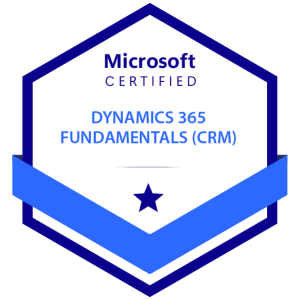
Dynamics 365 Fundamentals (CRM)
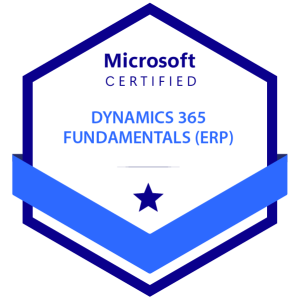
Dynamics 365 Fundamentals (ERP)

Marketing Functional Consultant Associate
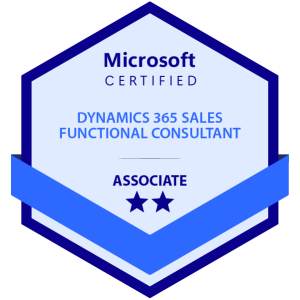
Sales Functional Consultant Associate
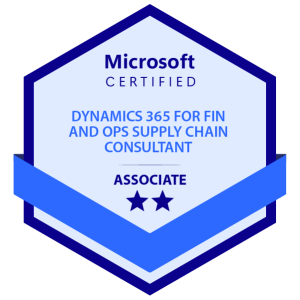
Supply Chain Management Functional Consultant Associate
Got Questions ? We've got Answers
Acquledge offers a range of online courses including certification programs, knowledge development, and professional upskilling across technology, business, finance, language, and more.
We provide both self-paced learning modules and instructor-led live online classes. Choose according to your schedule and learning preferences.
Yes, our courses are certified and recognized by relevant industry bodies and partners to ensure quality and global acceptance.
Every participant who successfully completes the course and meets assessment criteria receives a certificate that can boost your professional credibility.
Yes, our programs include job placement assistance, resume building, interview preparation, and career counseling to help you transition into new roles.
Fill the form :
Get in touch with us!
Fill in your details and book a demo. Talk to an expert and choose wisely.
For immediate assistance with course-related or technical questions, chat with us.
